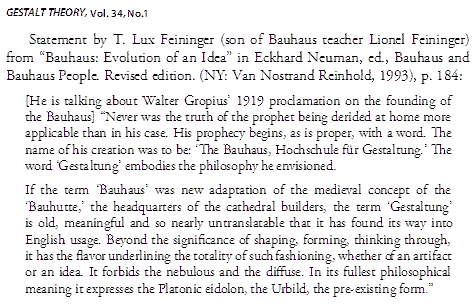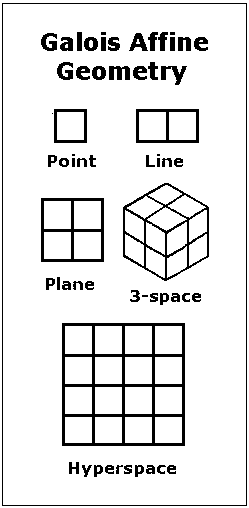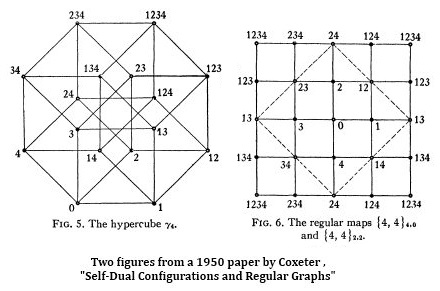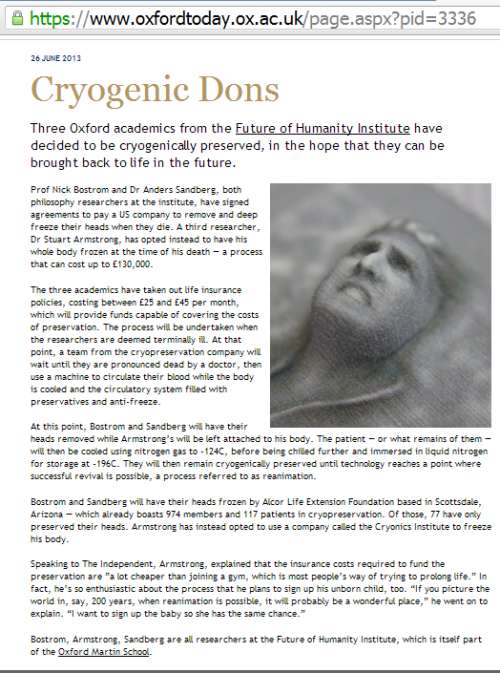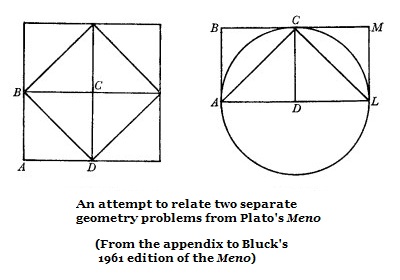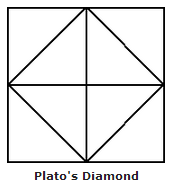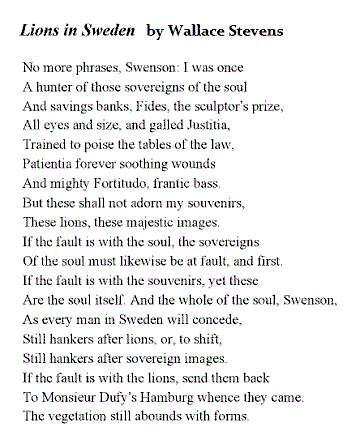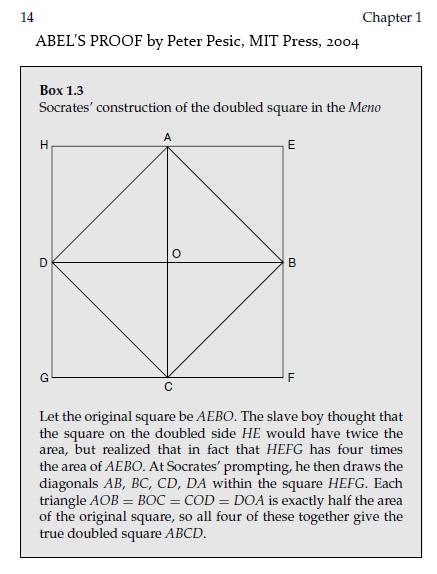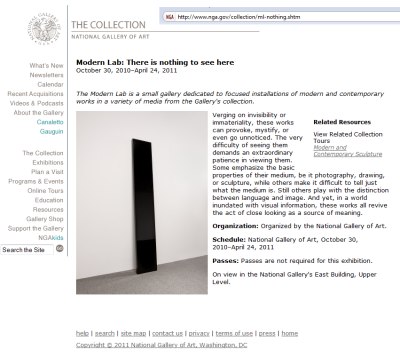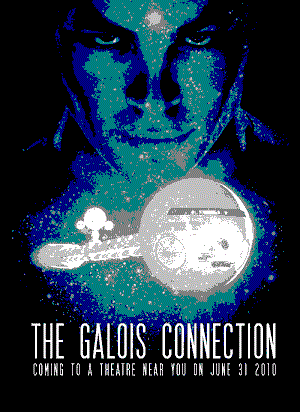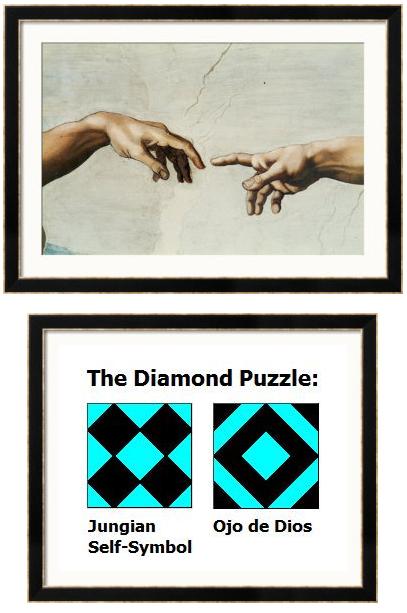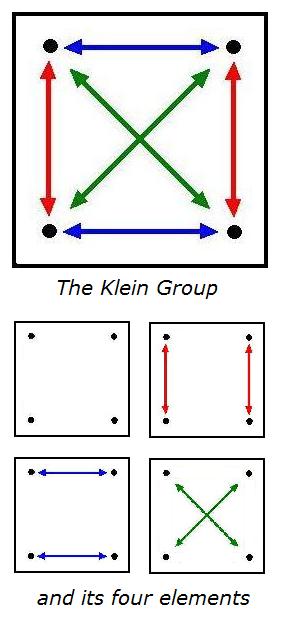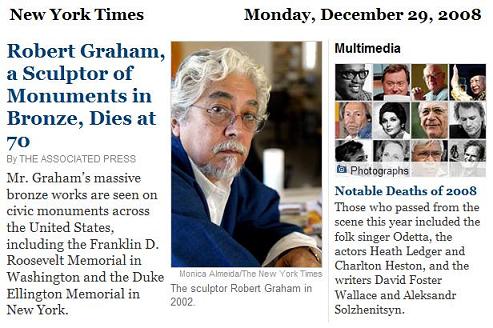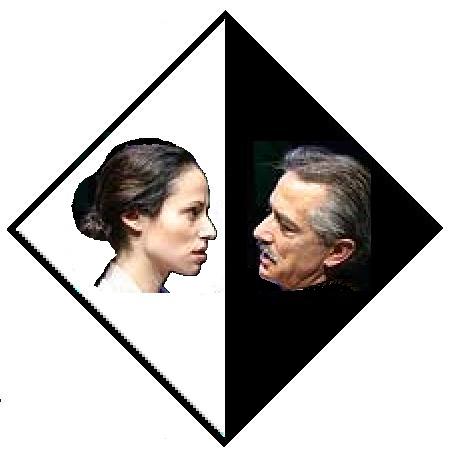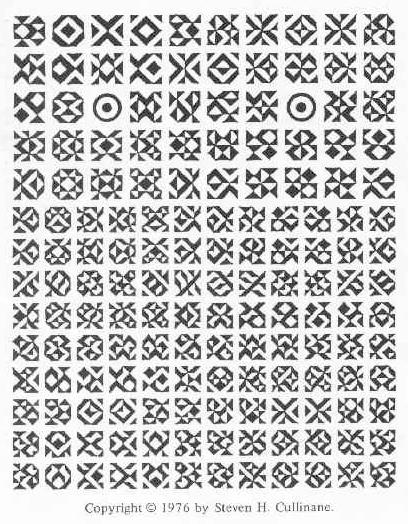"He wished Kant were alive. Kant would have appreciated it.
That master diamond cutter."
— Robert M. Pirsig, Zen and the Art of Motorcycle Maintenance , Part III.
Kant's "category theory" —
|
"In the Transcendental Analytic, Kant deduces the table of twelve categories, or pure concepts of the understanding….
The categories must be 'schematized' because their non-empirical origin in pure understanding prevents their having the sort of sensible content that would connect them immediately to the objects of experience; transcendental schemata are mediating representations that are meant to establish the connection between pure concepts and appearances in a rule-governed way. Mathematical concepts are discussed in this context since they are unique in being pure but also sensible concepts: they are pure because they are strictly a priori in origin, and yet they are sensible since they are constructed in concreto . " — Shabel, Lisa, "Kant's Philosophy of Mathematics", The Stanford Encyclopedia of Philosophy (Spring 2016 Edition), Edward N. Zalta (ed.), URL = <https://plato.stanford.edu/archives/spr2016/entries/kant-mathematics/>. |
See also The Diamond Theorem and Octad.us.














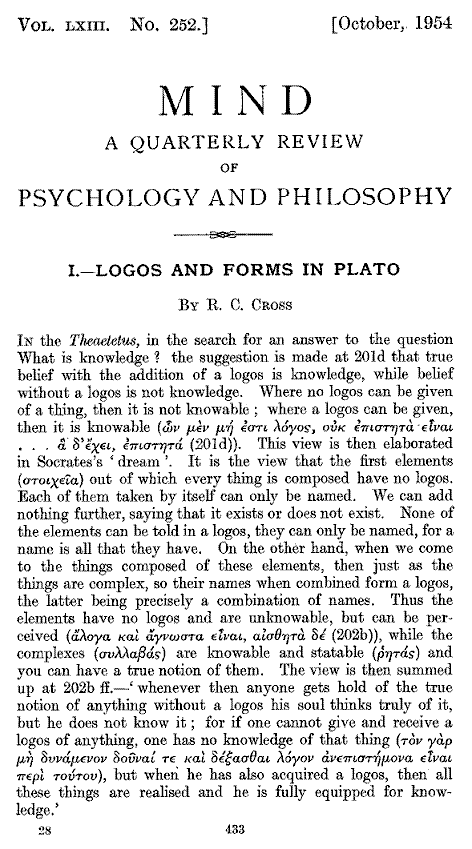





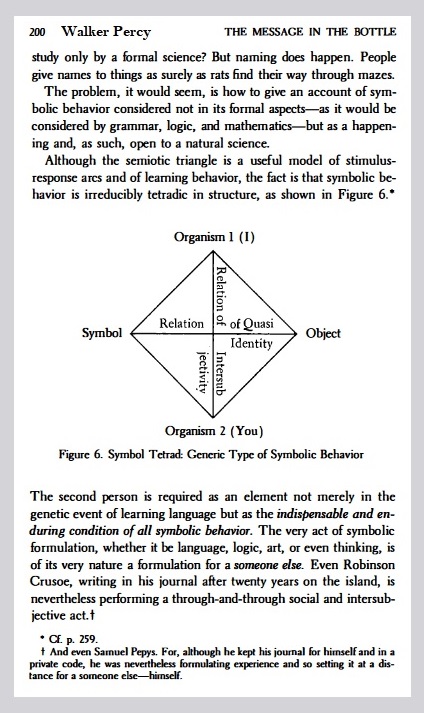













































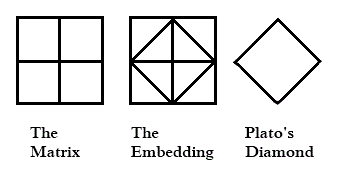



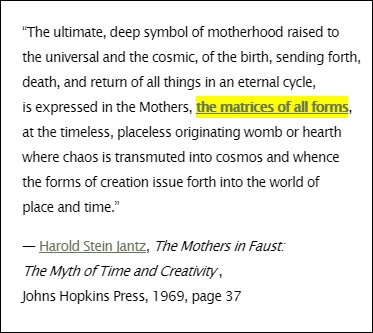

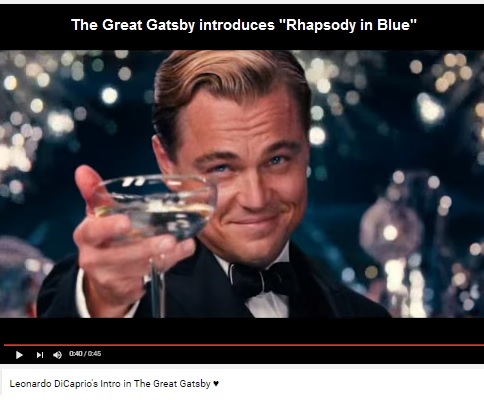









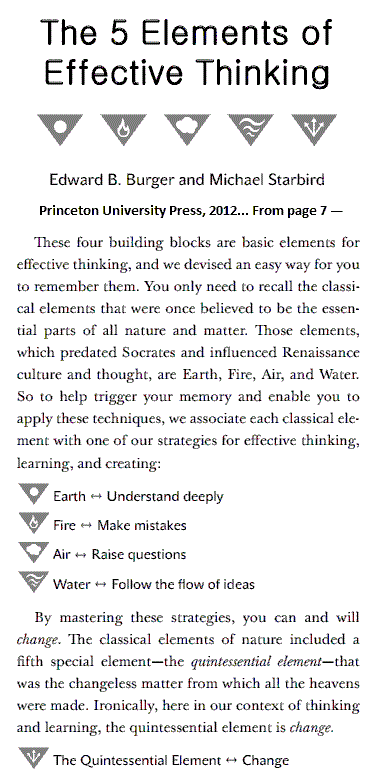
 .
.



